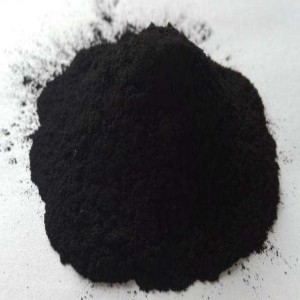1. Enhancing the efficiency of nitrogen fertilizer
Nitrogen fertilizers are mainly composed of carbonic acid and urea. Ammonium nitrogen has unstable properties and is highly volatile. When mixed with humic acid fertilizers, due to the presence of carboxyl and phenolic carboxyl functional groups in humic acid, it has strong ion exchange and adsorption abilities, which can reduce the loss of ammonium nitrogen.
2. Enhancing the efficiency of phosphate fertilizer
When quick acting phosphorus fertilizer is applied to the soil, soluble phosphorus is easily fixed by the soil. After adding humic acid fertilizers, it can inhibit the fixation of water-soluble phosphorus in the soil, slow down the transformation of available phosphorus into delayed and ineffective forms. The degraded nitro humic acid increases the movement distance of phosphorus in the soil, promoting the absorption of phosphorus by the roots.
3. Enhancing the efficiency of potassium fertilizer
Humic acid contains functional groups that can absorb and store potassium ions, which can prevent its loss with water in sandy and leachable soils, as well as prevent the fixation of potassium in cohesive soils.
Some parts of humic acid are low molecular weight humic acids such as humic acid, which have a dissolution effect on minerals such as potassium silicate and potassium feldspar. They can slowly decompose, increase the release of potassium, and increase the content of available potassium.
4. Enhancing the efficiency of micro fertilizers
There is a considerable reserve of trace elements in the soil, but the available portion that can be absorbed by plants is too small. Humic acid can react with insoluble trace elements to form complex compounds of humic acid trace elements with good solubility and easy absorption by plants; Beneficial for root or leaf absorption, promoting the transfer of absorbed trace elements from roots to aboveground parts and diffusion from some leaves to other leaves.
5. Indirect effects on soil
Humic acid can also improve soil structure, prevent soil cracking and erosion. In terms of physics, it can increase soil moisture capacity, improve its drought resistance, and darken soil color, which is conducive to the absorption of solar energy; In terms of chemistry, it has the functions of regulating soil pH, improving and optimizing plant absorption of nutrients and water, and acting as a natural chelating agent with metal ions to promote root absorption under alkaline conditions.
Post time: Apr-10-2024
